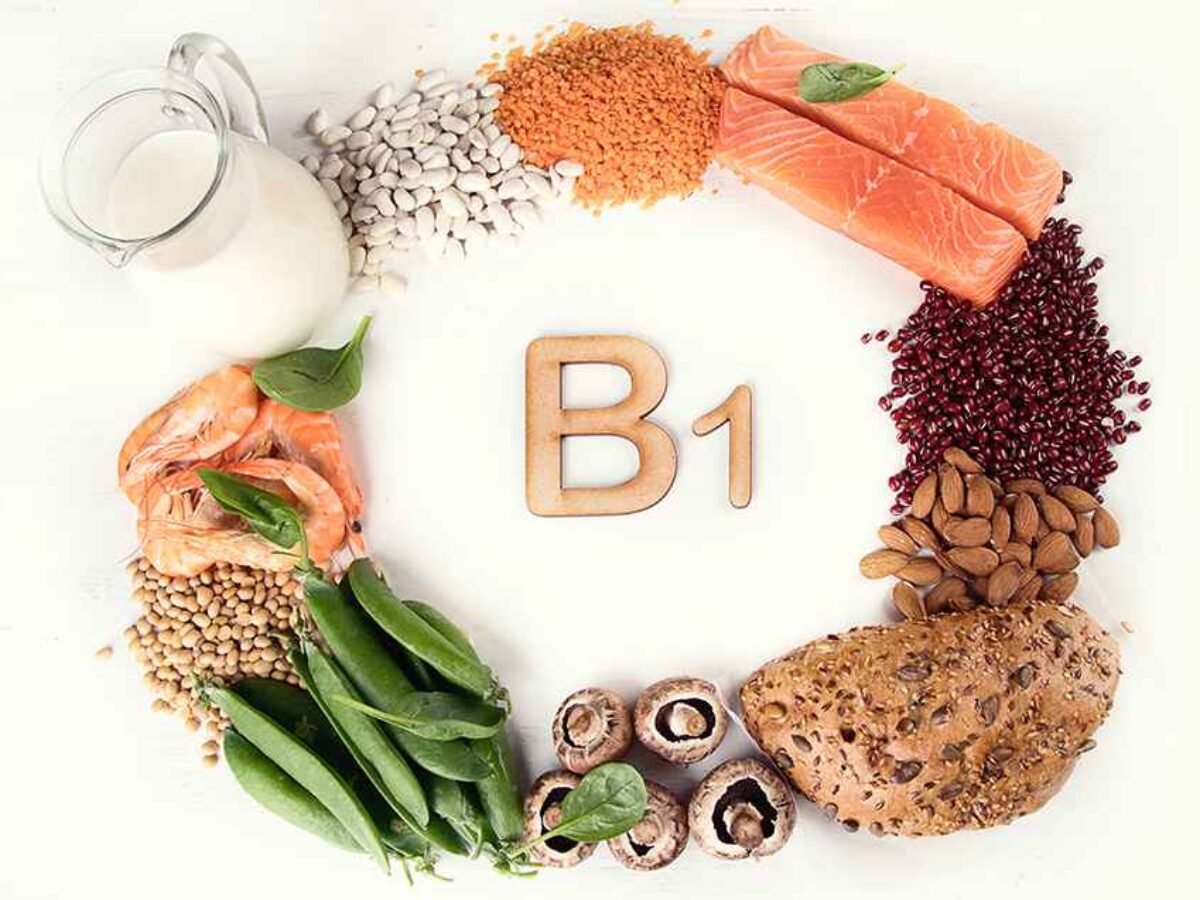Water Soluble Vitamin – This book covers the entire syllabus of “Nutrition and Dietetics” prescribed by BNMC-for all Diploma in Nursing Science and Midwifery students. We tried to accommodate latest information and topics. This book is examination friendly setup according to the teachers’ lectures and examination’s questions. At the end of the book previous university questions are given. We hope in touch with the book students’ knowledge will be upgraded and flourished. The unique way of presentation may make your reading of the book a pleasurable experience.
Water Soluble Vitamin
Water-soluble vitamins include B complex and C. These vitamins dissolve in water and are easily destroyed by air, light, and cooking. They are not stored in the body to the extent that fat-soluble vitamins are stored.

Vitamin B1 or thiamine
Thiamine is a vitamin, also called vitamin B1, Vitamin B₁ is found in many foods including yeast, cereal grains, beans, nuts, and meat. It is often used in combination with other B vitamins, and found in many vitamin B complex products.
Or
Vitamin B1, thiamin, or thiamine, enables the body to use carbohydrates as energy. It is essential for glucose metabolism, and it plays a key role in nerve, muscle, and heart function.
Active form (coenzyrne form): Thiamine pyrophosphate (Tpp).
Chemistry:
Thiamine contains a pyrimidine ring and a thiazole ring held by a methylene bridge.
Sources of Thiamine:
Thiamine is found in many foods, but generally in small quantities.
- Plant sources: whole grain cereals (rice), wheat germ, pulses, oilseeds, nuts, vegetables and fruits.
- Animal source: Liver, fish, meat, egg yolk.
(Ref: T. K. Indrani/1/79)
Functions of vitamin B
1. Helps in glucose oxidation by acting as coenzyme for oxidative decarboxylation reactions
2. Helps in glucose oxidation through HMP shunt by acting as coenzyme for transketolase
3. Helps to maintain nerve conduction and functioning of nervous system.
4. It is used in the manufacture of hydrochloric acid, and therefore plays apart in digestion.
5. TPP plays an important role in the transmission of nerve impulse. It is believed that TPP is required for acetylcholine synthesis and the ion translocation of neural tissue.
(Ref: Sheilla John’s/1/85)

Daily Requirement of Thiamine:
Thiamine is measured in milligrams.
- For adults: 1-1.5 mg/day
- For children: RDA is 0.7-1.2 mg/day.
- Pregnancy and lactation: 2 mg/day
Effects of thiamine deficiency:
1. Dry beriberi: Featured by peripheral neuropathy.
The principal manifestations are related to the nervous system. There are-
- Anorexia.
- Paraesthesia (i.e. abnormal sensations in the affected limbs).
- Irritability
- Muscular cramps.
2. Wet beriberi: Featured by heart failure and edema.
Manifestations arise primarily due to the adverse effects on the cardiovascular system and originate from:
- Wide-spread peripheral vasodilatation.
- Retention of sodium and water in the body.
- Failure of the ventricles of the heart due to myocardial weakness.
3. Wernick’s encephalopathy: It happens in acute thiamine deficiency and affects central nervous system.
4. Korsakoff psychosis with memory loss: It happens in chronic thiamine deficiency and affects central nervous system.

Prevention of thiamine deficiency:
Thiamine deficiency can be prevented by –
- Beriberi can be eliminated by educating people to eat well balanced, mixed diets containing thiamine-rich foods, e.g. parb-oiled and under milled rice and to stop all alcohol.
- Direct supplementation of high-risk groups, e.g. lactating mothers is another approach.
- Beriberi tends to disappear as economic conditions improve and diets become more varied
(Ref: T. K. Indrani/1/86)
Read more:
